Maurizio Salaris, Santi Cassisi9780470092194, 047009219X, 0470092203
Table of contents :
Evolution of Stars and Stellar Populations……Page 3
Contents……Page 9
Preface……Page 13
1.1 Setting the stage……Page 15
1.2 Cosmic kinematics……Page 19
1.2.1 Cosmological redshifts and distances……Page 22
1.3 Cosmic dynamics……Page 27
1.3.1 Histories of R(t)……Page 28
1.4 Particle- and nucleosynthesis……Page 31
1.5 CMB fluctuations and structure formation……Page 38
1.6 Cosmological parameters……Page 39
1.7 The inflationary paradigm……Page 40
1.8 The role of stellar evolution……Page 42
2.1 Physical conditions of the stellar matter……Page 45
2.1.1 Fully ionized perfect gas……Page 49
2.1.2 Electron degeneracy……Page 52
2.1.3 Ionization……Page 55
2.1.4 Additional effects……Page 58
3.1 Basic assumptions……Page 63
3.1.2 Hydrostatic equilibrium……Page 64
3.1.4 Energy transport……Page 66
3.1.5 The opacity of stellar matter……Page 80
3.1.6 Energy generation coefficient……Page 82
3.1.7 Evolution of chemical element abundances……Page 97
3.1.8 Virial theorem……Page 100
3.1.9 Virial theorem and electron degeneracy……Page 103
3.2 Method of solution of the stellar structure equations……Page 104
3.2.1 Sensitivity of the solution to the boundary conditions……Page 111
3.2.2 More complicated cases……Page 112
3.3 Non-standard physical processes……Page 113
3.3.1 Atomic diffusion and radiative levitation……Page 114
3.3.2 Rotation and rotational mixings……Page 116
4.1 Overall picture of stellar evolution……Page 119
4.2 Star formation……Page 120
4.3.1 Basic properties of homogeneous, fully convective stars……Page 124
4.3.2 Evolution until hydrogen burning ignition……Page 128
5.1 Overview……Page 131
5.2.1 The p–p chain……Page 132
5.2.2 The CNO cycle……Page 133
5.2.3 The secondary elements: the case of (2)H and (3)He……Page 135
5.3 The central H-burning phase in low main sequence (LMS) stars……Page 137
5.3.1 The Sun……Page 139
5.4 The central H-burning phase in upper main sequence (UMS) stars……Page 142
5.5 The dependence of MS tracks on chemical composition and convection efficiency……Page 147
5.6 Very low-mass stars……Page 150
5.7 The mass–luminosity relation……Page 152
5.8 The Schönberg–Chandrasekhar limit……Page 154
5.9.1 Intermediate-mass and massive stars……Page 155
5.9.2 Low-mass stars……Page 156
5.9.3 The helium flash……Page 162
5.10 Dependence of the main RGB features on physical and chemical parameters……Page 163
5.10.1 The location of the RGB in the H–R diagram……Page 164
5.10.2 The RGB bump luminosity……Page 165
5.10.3 The luminosity of the tip of the RGB……Page 166
5.11 Evolutionary properties of very metal-poor stars……Page 169
6.2 The nuclear reactions……Page 175
6.3 The zero age horizontal branch (ZAHB)……Page 177
6.3.1 The dependence of the ZAHB on various physical parameters……Page 179
6.4.1 Mixing processes……Page 181
6.5 The central He-burning phase in more massive stars……Page 187
6.5.1 The dependence of the blue loop on various physical parameters……Page 189
6.6 Pulsational properties of core He-burning stars……Page 193
6.6.1 The RR Lyrae variables……Page 195
6.6.2 The classical Cepheid variables……Page 197
7.2 The asymptotic giant branch (AGB)……Page 201
7.2.1 The thermally pulsing phase……Page 203
7.2.2 On the production of s-elements……Page 208
7.2.3 The termination of the AGB evolutionary phase……Page 209
7.3 The Chandrasekhar limit and the evolution of stars with large CO cores……Page 212
7.4 Carbon–oxygen white dwarfs……Page 213
7.4.1 Crystallization……Page 220
7.4.2 The envelope……Page 224
7.4.3 Detailed WD cooling laws……Page 226
7.4.4 WDs with other chemical stratifications……Page 227
7.5 The advanced evolutionary stages of massive stars……Page 228
7.5.1 The carbon-burning stage……Page 231
7.5.2 The neon-burning stage……Page 233
7.5.3 The oxygen-burning stage……Page 234
7.5.4 The silicon-burning stage……Page 235
7.5.5 The collapse of the core and the final explosion……Page 236
7.6 Type Ia supernovae……Page 238
7.6.1 The Type Ia supernova progenitors……Page 239
7.6.2 The explosion mechanisms……Page 243
7.6.3 The light curves of Type Ia supernovae and their use as distance indicators……Page 244
7.7 Neutron stars……Page 247
7.8 Black holes……Page 250
8.1 Spectroscopic notation of the stellar chemical composition……Page 253
8.2 From stellar models to observed spectra and magnitudes……Page 255
8.2.1 Theoretical versus empirical spectra……Page 262
8.3 The effect of interstellar extinction……Page 264
8.4 K-correction for high-redshift objects……Page 267
8.5 Some general comments about colour–magnitude diagrams (CMDs)……Page 268
9.1 Theoretical isochrones……Page 273
9.2.1 Properties of isochrones for old ages……Page 278
9.2.2 Age estimates……Page 282
9.2.3 Metallicity and reddening estimates……Page 295
9.2.4 Determination of the initial helium abundance……Page 298
9.2.5 Determination of the initial lithium abundance……Page 301
9.2.6 Distance determination techniques……Page 303
9.2.7 Luminosity functions and estimates of the IMF……Page 315
9.3.1 Age estimates……Page 318
9.3.2 Metallicity and reddening estimates……Page 323
9.3.3 Distance determination techniques……Page 324
10.1 Definition and problems……Page 329
10.2 Determination of the star formation history (SFH)……Page 334
10.3 Distance indicators……Page 341
10.3.1 The planetary nebula luminosity function (PNLF)……Page 343
11.1 Simple stellar populations……Page 345
11.1.1 Integrated colours……Page 348
11.1.2 Absorption-feature indices……Page 355
11.3 Distance to unresolved stellar populations……Page 361
Appendix I: Constants……Page 365
Appendix II: Selected Web Sites……Page 367
References……Page 371
Index……Page 383
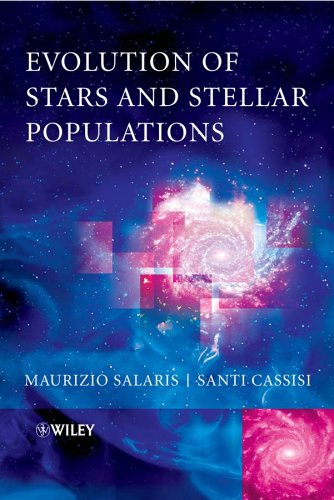
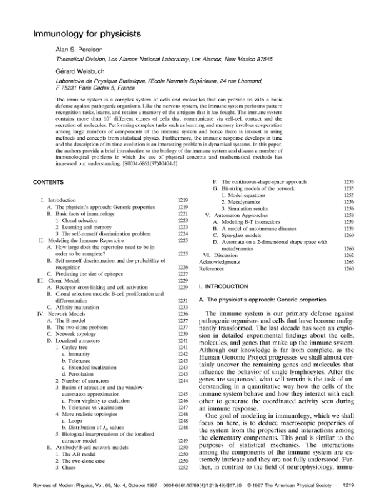
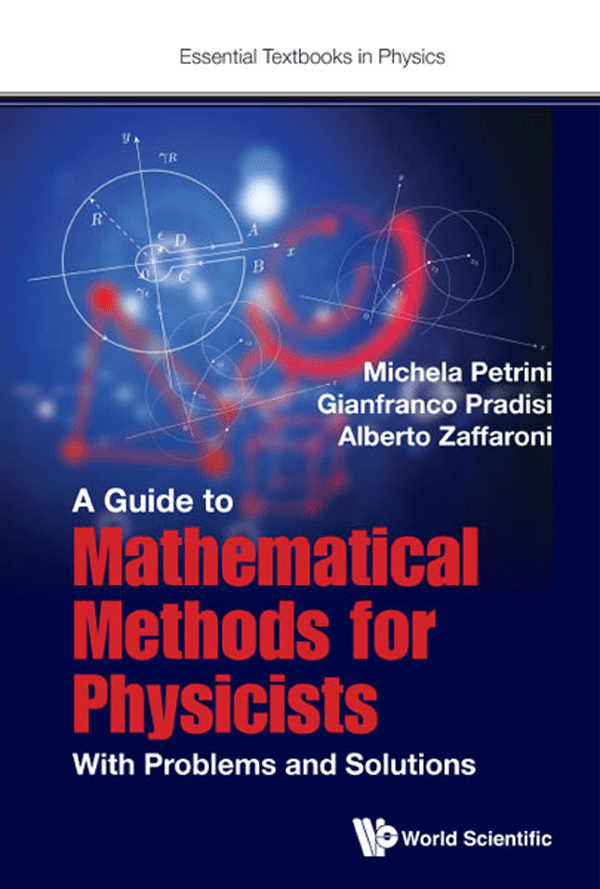
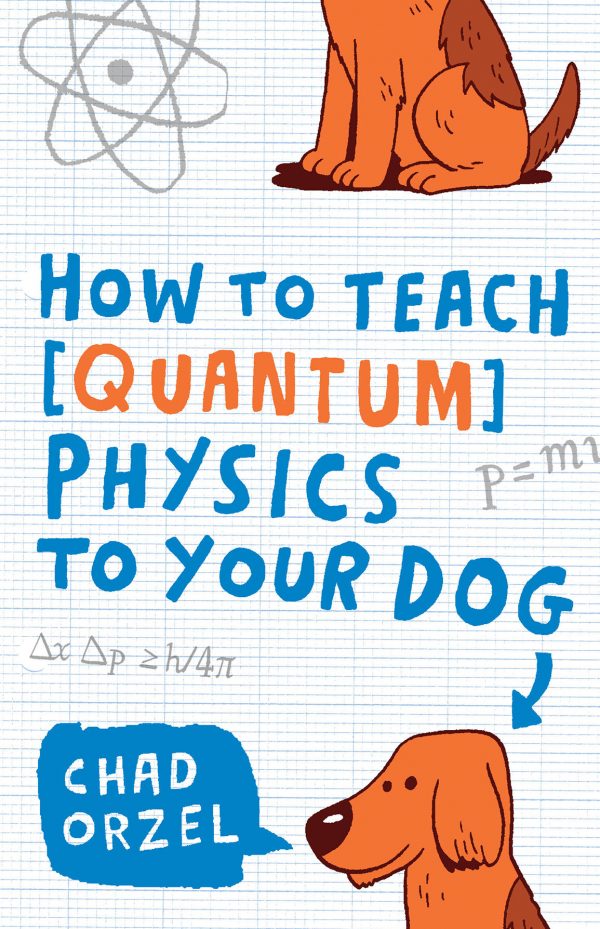
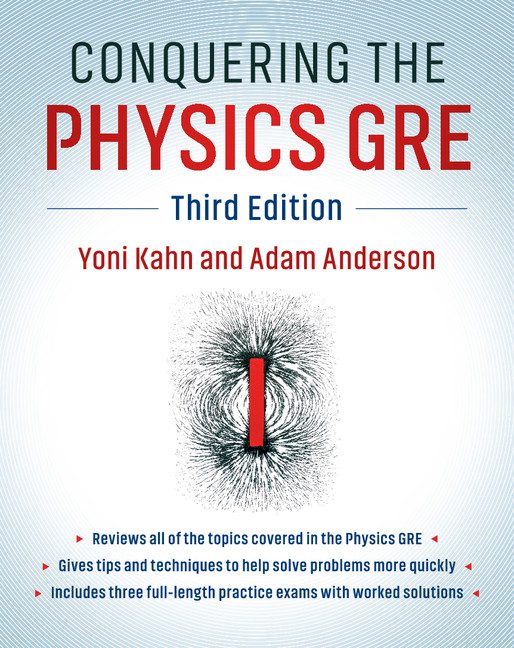
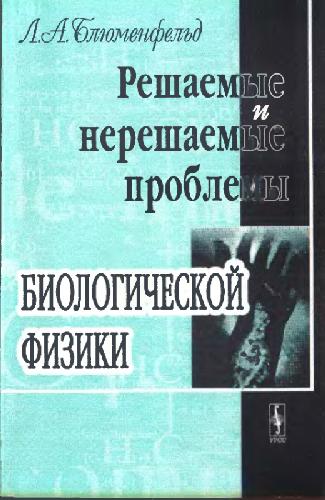
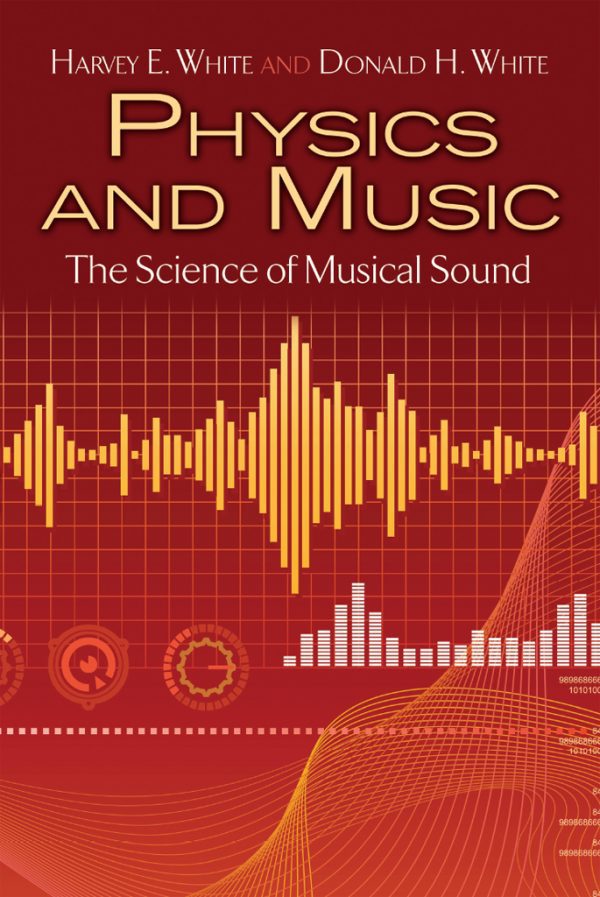
Reviews
There are no reviews yet.